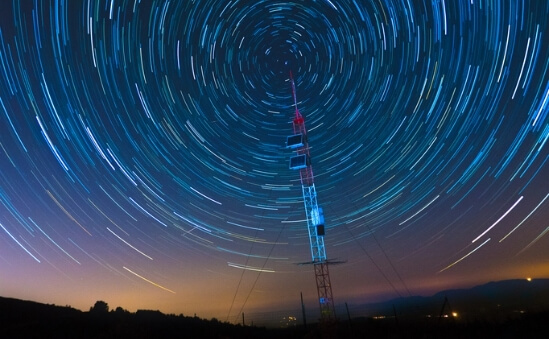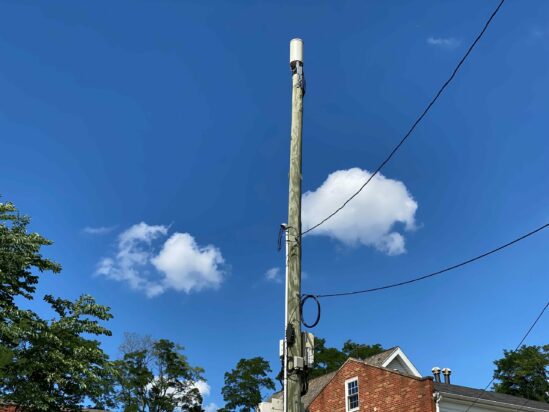
WHAT IS 5G?
5G is the fifth-generation technology standard for cellular networks and is currently being deployed by the wireless carriers across the United States. 5G networks will enable significantly faster download speeds, lower latency, and increased number of devices. Over time, 5G networks will drive adoption of various new technologies, including virtual reality, the Internet of Things (“IoT”), and autonomous vehicles, amongst other use cases.
Prior “generations” include 1G (analog voice) in the 1980’s, 2G (digital voice) in the 1990’s, 3G (basic mobile data) in the 2000’s, and 4G “LTE” (mobile broadband) over the past decade.
WIRELESS CARRIERS
The “Big 3” national wireless carriers include AT&T, Verizon, and T-Mobile. These companies have built out nationwide mobile networks to provide voice and data services to 300+ million subscribers across the United States. Each carrier’s network is the result of decades of investment and the acquisition of various operating companies. While your lease may not explicitly list one of these three companies as the “lessee,” there is a good chance they may, in fact, be your tenant.
What about Sprint? Sprint was the fourth-largest mobile network operator prior to its acquisition by T-Mobile in 2020. While the Sprint name and service continues to exist, if your lease (or cell phone bill) is with Sprint, you are actually dealing with T-Mobile.
I have heard that Dish plans to become a wireless carrier… what is the story there? Dish historically operated a direct-broadcast satellite television business (and continues to do so), but the company is also in the process of launching a wireless network.
In addition to the “Big 3” (or, if you include Dish, the “Big 4”), there are a number of smaller regional wireless carriers that focus on specific geographies. These include companies such as US Cellular, C-Spire, Carolina West, and Southern Linc.


OTHER TENANTS
There is a wide variety of other tenants that may be “co-located” or leasing space from you. These include wireless internet service providers (“WISPs”), government entities, utility companies, and others. Tower Lease Partners is familiar with hundreds of non-wireless carrier tenants, and we would welcome the opportunity to discuss your specific lease(s).
WHAT IS SPECTRUM?
Spectrum refers to the radio waves or signals designated to carry wireless data and voice over the air. Spectrum can be designated for different purposes, including wireless networks, radio and television broadcasting, government/public safety, and satellite communications. In the context of wireless networks, spectrum is a critical component as a set amount of it can only handle so much “traffic” before interference, dropped calls, or slow data speeds occur. Spectrum licenses are regulated by the Federal Communications Commission, and each license covers a specific frequency range in a given geographic area. The wireless carriers deploy spectrum by installing equipment (i.e., antennas) on cell towers and rooftops.


WHAT ARE SMALL CELLS?
Small cells are short-range, low-power access points typically located on light posts or utility-type poles in densely populated or high traffic urban environments. Small cells can help improve coverage and capacity in locations where traditional cell towers and/or rooftop antenna installations do not fully address the demands placed on a network. As the carriers continue to build out their 5G networks, you may see small cells start popping up in the “downtown” area of your nearest population center.
